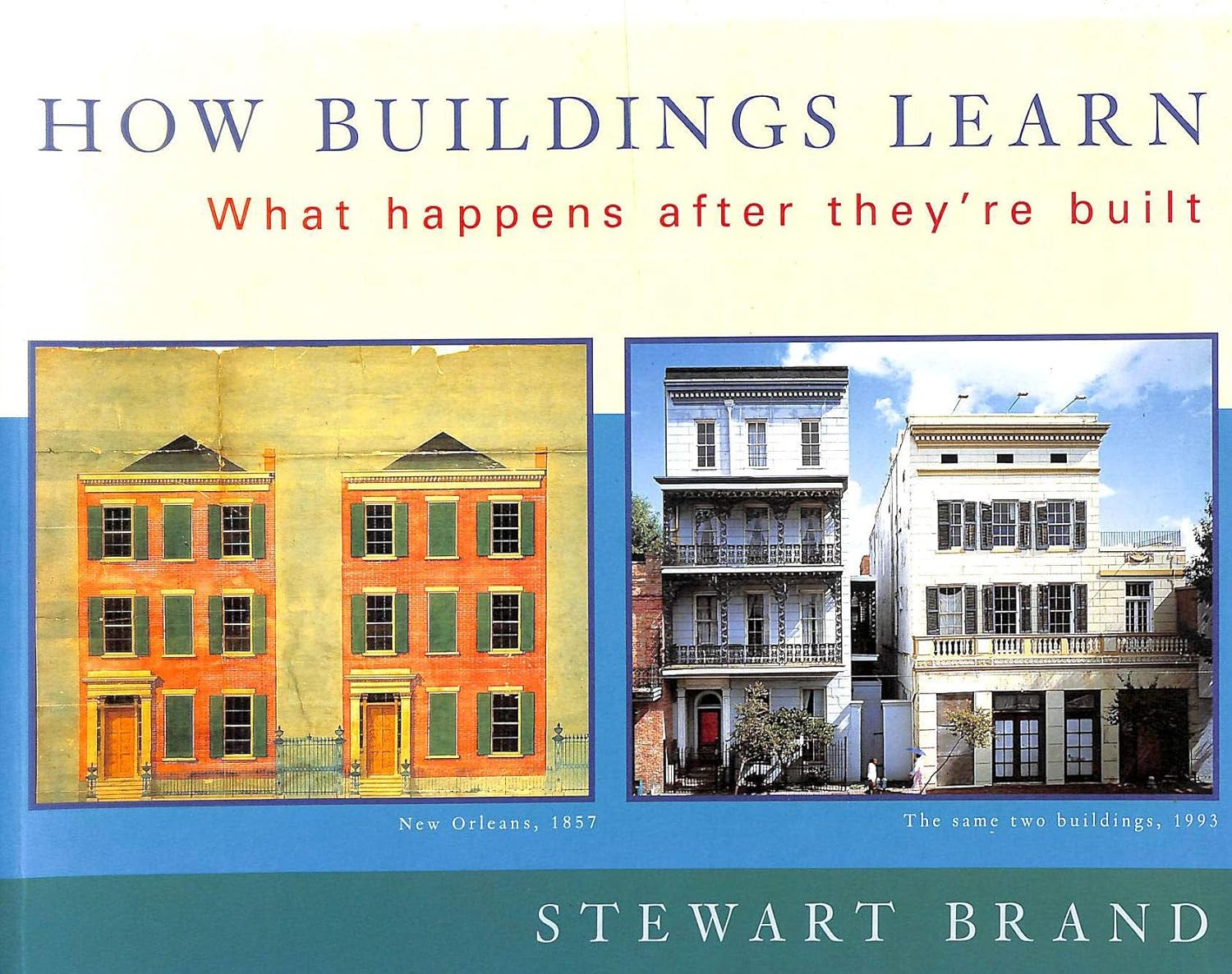
Stewart Brand isn’t the first public intellectual one associates with cities. In fact, he’s probably closer on the grand map of cultural phenomena to the rejection of cities, specifically the post-hippie ethos-impulse to go back to the land, albeit equipped with the highest possible technology. This owes, as anyone who’s heard Brand’s name understands, to his having founded the Whole Earth Catalog in 1968. As it happens, I wrote about that publication’s online archive for Open Culture last year, and in so doing lost a fair few hours browsing its digitized issues. The sheer quantity of both curatorial attention and sheer information that went into them makes them into a kind of time machine. Not having been around to experience “the Sixties,” however broadly defined, I felt as if, like Firesign Theatre albums, Whole Earth catalogsbrought me as close as I’ll ever get to doing so.
I was, however, around to experience the nineties, when the Zeitgeist turned Brand’s way again. His long enthusiasm for the personal computer (a term said, incredibly, to be his own coinage) had been vindicated and then some by the wide adoption of the internet. But in a grander sense, the technologically astute West Coast bohemians of the sixties had, by that point, taken the helm of the culture, or at least risen to prominence within it. In 1996, when Brand and computer scientist Danny Hillis established the Long Now Foundation, with its 10,000-year clock, people took notice. Appreciative attention had also been paid, two years earlier, to Brand’s book How Buildings Learn: What Happens After They’re Built, a title that piqued my curiosity every time I ran across it over the decades. Only now, thirty years after its publication, have I actually read it.
Read the whole thing at Substack.